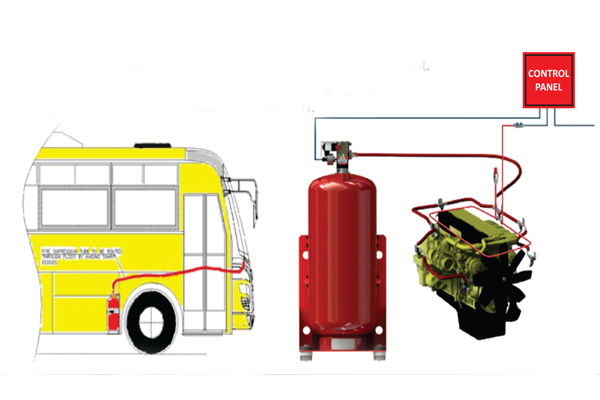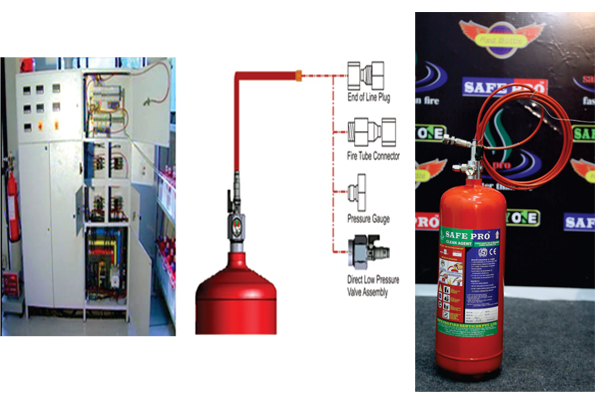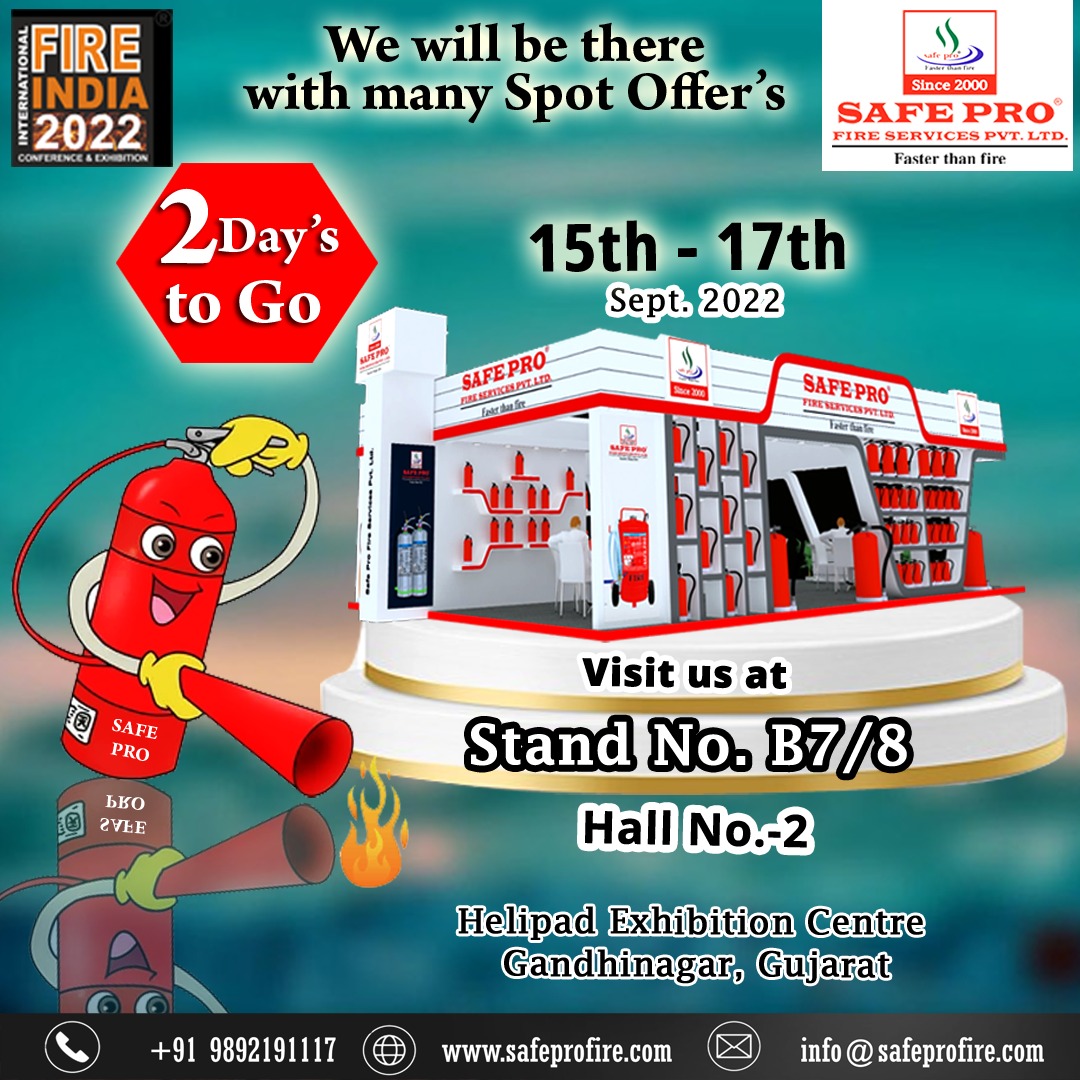SUPPRESSION SYSTEM
FIRE DETECTION & SUPPRESSION SYSTEM (FDSS)
AUTOMATIC FIRE SUPPRESSION SYSTEM FOR VEHICLE
Fire Detection with Automatically and Manually Operated Fire Suppression System. Fire Detection and Suppression System. As per AIS 135. Includes :-
Fire detectors
Fire alarm & visual indicator
Fire indicator & control panel
Fire extinguishing agent container
Manual actuation mechanism
Discharge pipe work and nozzles
This is an engineered fire suppression system which delivers the best results when it comes to risk reduction. The system is a combination of fire detection and suppression system in one complete package. The fire detection system is designed to be both manual and automatic operation. This means that an operator or the specially designed fire sensing device can actuate the system by itself. The discharge system is engineered to the vehicle’s engine bay with the sole purpose of reducing the risk and limiting the possibility for re-ignition, thus protecting the lives of onboard passengers.
Full 24/7 monitoring of the heat detection sensor and cylinder pressure
Rapid detection of a fire
Initiates an alarm signal
Automatically activates discharge process of extinguishing agent
Manual activation of discharge and extinguishing agent
Helps to initiate safety & evacuation functions

AUTOMATIC FIRE SUPPRESSION SYSTEM FOR ELECTRICAL PANEL/ SERVER ROOM
Property protection and small extinguishing systems (e.g. for electrical panels, server racks, engine rooms and tool machinery) have spot-on and prompt effects. The key to this is represented by our fire tube (pneumatic sensor hoses) which can be installed flexibly in the building or danger area, are practically immune to malfunctions and do not require any external power supply. They are as simple as they are ingenious. In the event of fire, the fire tube bursts at the Hottest spot. The loss in pressure causes the valve to open and release the fire extinguishing agent. The practical thing about this principle is that the detection feature can also be secured in the immediate vicinity of a potential fire source. This means that a fire can be detected during its emergent phase, i.e. during the first few seconds. And this “baby fire” can then be easily put out even using a small fire-extinguishing system, the size of which can be adapted to the


